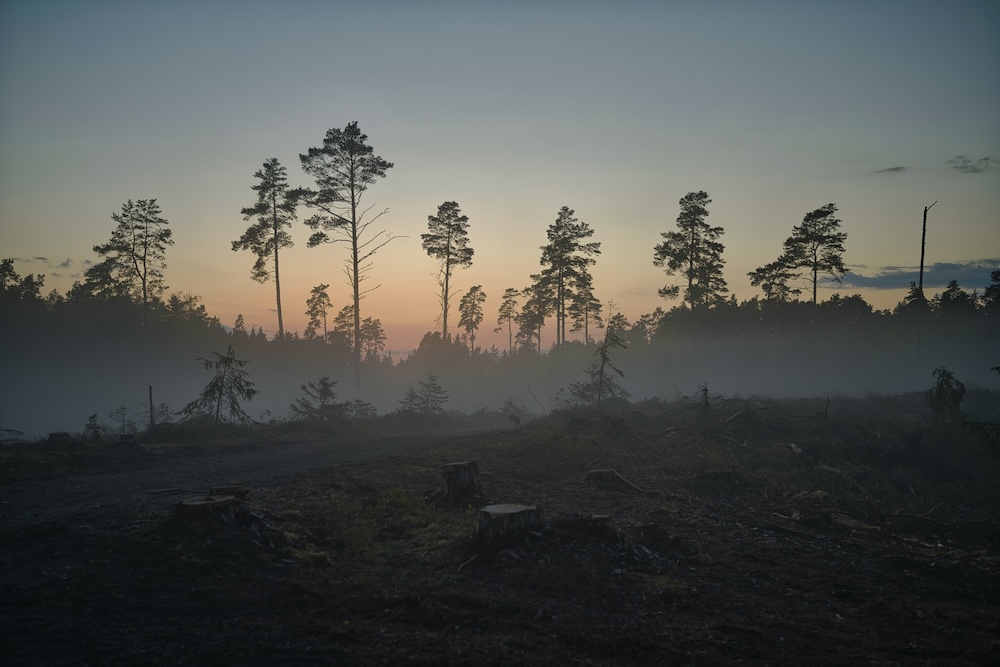New perspectives countering a metropolitan view of our culture are opening the prospect of a new unity for Wales
Understanding Wales, whether it be our past history, our present dilemmas and complexities, or indeed, our future prospects has to come to terms with the Valleys. They are such a distinctive, even separate, part of the country that the temptation is to see them in isolation from the rest of the nation.
This matter of the Valleys came up pretty vividly at a meeting of the BBC Wales Audience Council at the end of last week. Along with a number of other so-called ‘opinion formers’ I was invited to provide some feedback on Radio Wales. How effective is the channel in reaching its audience? Who, indeed, are its audience? Someone suggested that it should be called Radio Valleys.
An interesting thing about Radio Wales is that it loses out to other radio channels in the six to nine peak-time morning slot (especially Radio 4 for news). However, it picks up in mid to late morning and in the afternoons when the popular voices of Roy Noble (Aberdare) and Owen Money (Merthyr) can be heard.
Back in 1921 Sir Alfred Zimmern, the inaugural Professor of International Politics at Aberystwyth University, gave a famous address to the Cambrian Society at Jesus College Oxford. Entitled Impressions of Wales it included the following assertions:
“The Wales of today is not a community. There is not one Wales; there are three … There is Welsh Wales; there is industrial, or as I sometimes think of it, American Wales; and there is upper-class Wales, or English Wales. These three represent different types and different traditions. They are moving in different directions, and, if they all three survive, they are not likely to re-unite.”
To what extent was this analysis correct? To what extent does it remain relevant in our own day, three generations on? Are the three Welsh regions Zimmern identified still separate and “moving in different directions” in the way he described? After all, every country has regions and divides. Is Wales somehow unique in having regions that are incompatible – moving apart, to use Zimmern’s words – to such a degree that makes an overarching integrity impossible? Are the Valleys – the American Wales of Zimmern’s characterisation – an inevitable stumbling block to national unity?
Zimmern’s analysis was broadly confirmed, though more analytically, by Denis Balsom’s 1979 Welsh Election Study. This produced what became known as the Three-Wales Model. It divided Wales into three distinct political areas based on responses to two survey questions: “Do you normally consider yourself to be Welsh, British, English or something else?” and “Do you speak Welsh?” A geographical mapping of responses to these questions produced the three areas.
The first, which the researchers called Y Fro Gymraeg – Zimmern’s ‘Welsh-Wales’ – covered the north-west and west-central heartland. Here Plaid Cymru sets the political agenda and, if not winning all the electoral contests, largely determines which party does. The second area was the Valleys, defined by the south Wales coalfield, Zimmern’s ‘American Wales’. This is Labour’s electoral heartland, from which it spread out to dominate Welsh politics for much of the 20th Century and into which it has now largely retreated. The third area, described by the researchers in 1979 as British Wales was the indistinct remainder of the country — the south-eastern and north-eastern coastal belts, Pembrokeshire, and the regions of mid Wales bordering England.
The term American Wales was deployed by Zimmern, and later the historian Gwyn Alf Williams, because of the massive in-migration into the Valleys during the coal boom. The rate of population movement from the 1880s to World War I, largely from rural Wales but also from England, Ireland and rest of the world, was only matched by the rate into the United States.
The parallel the States is also picked up by an insightful article in the current issue of Llafur, the journal of Welsh people’s history, which landed on my doormat a few days ago. Daryl Leeworthy, a doctoral student in Swansea University’s History Department, has written a scintillating piece comparing the Valleys and Cape Breton (on Canada’s far east coast) mining communities around the turn of the 20th Century, Miners on the Margins: Characterising South Wales and Cape Breton as an Industrial Frontier, 1880-1939.
He finds an extraordinary number of parallels between the two communities which produces, for me, an important understanding of the underlying nature of the Valleys and, ultimately, why they are not a separate region of Wales at all. For the idea of separateness, a sense of the ‘other’ is essentially a construct imposed from outside, by the metropolitan centre of a culture. The truth is that the people of the Valleys had no option but to develop autonomously, to make (and now re-make) themselves on their own terms. By comparing them with the mining community of Cape Breton, which developed more or less at the same time and with a similar momentum, Leeworthy sees them as an industrial frontier, which he defines as follows, as:
“…a region – most prominently a coalfield – which is removed from the influences of a metropolitan centre and which therefore constructs its own identity, its own cultural forms, and its own institutions. The industrial frontier, though, is semi-autonomous because it is subjected to external demands, namely the industrial capitalist system which many on the industrial frontier fought against. In that sense then, the industrial frontier is also an identity which the people of the frontier made and remade generation after generation. It is a source for anti-hegemonic culture but which is dependent on external markets in order for it to survive as an industrial region.”
Leeworthy goes on to illuminate this insight by a discussion of how rugby was adopted by both the Valleys and Cape Breton mining communities and, in both cases, subverted from an upper class game with metropolitan mores (such as amateurism) into one that genuinely reflected their own working class identities. Rugby was attractive, specifically because of its essential physicality, a quality that was highly valued
Leeworthy lets us see, as well, how the Valleys communities, especially, transcended their working class culture as one constructed on the basis of manual labour. Here his perspective of the industrial frontier is also useful:
“… the trend in south Wales and a little later in Cape Breton towards colliery libraries and the magnificent miners’ institutes with their great libraries was a fundamental rewriting of social relations. After all, the prizing of knowledge and mental achievement was an inherently middle class value-set. For workers to appropriate mental prowess and turn it into their own realm demonstrates the fallacy of the metropolitan perspective and underlines the value of seeing culture from the perspective of the industrial frontier. These Miners’ Institutes with their libraries and the working class rugby clubs were not aspects of modernity but rather a working class sphere of culture, an organic development that was fuelled by the dynamism of the coalfield and its people. It also offered the workers of the South Wales Coalfield the reading material they could use to play their part in the reconstruction of society. The decidedly atypical firebrand Aneurin Bevan underlined the shaping influence of the Tredegar Library on his development in his. Likewise the volunteers who travelled to Spain to fight against Fascism later acknowledged the formative role of the Institute.”
So what of the Valleys today, an historic mining community left without coal? Well, quite simply the people of the Valleys are absorbing Wales, while the rest of Wales are absorbing the Valleys. In the forthcoming issue of Agenda, out next month, we report on some fascinating research carried out in Caerphilly findIn Place of Fear (1952)ing that the overwhelming reason why English-speaking parents are sending their children to Welsh-medium schools is their eagerness to identify with the culture of Wales. And, after all, hasn’t the whole of Wales now adopted rugby as our iconic national game? Perhaps the whole of Wales is an industrial frontier.
This discussion provides a backcloth to a Llafur day school being held on Saturday 3-0 October at Coleg Morgannwg, Llwynypia, on Tonypandy – 100 Years On. Speakers include Dai Smith, Jane Aaron and Chris Williams. To book a place e-mail Llafur’s Secretary Siân Williams at [email protected]





